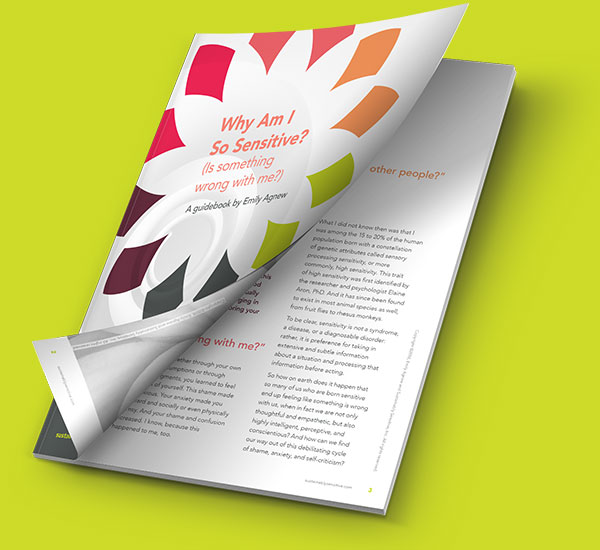Many sensitive people suffer unnecessary stress when they fall victim to the biggest boundary-setting mistakes. Thanks to our neighbor who makes these amazing snow monsters every year, I have the perfect visual representation of the way I end up feeling when I fail to keep good boundaries—a prickly, ranting, googly-eyed mess. Then I try to hold it in, but this creates its own problems: when you chronically squelch your needs to avoid overt confrontations with others, you feel powerless, and chronic powerlessness leads to internalized rage or its flip side, depression.
In short, boundary-setting is a topic we cannot afford to ignore.
Is it possible to take care of yourself and stick up for your own needs without feeling like a “bad cop?” Yes! To do it, you need an understanding of the key characteristics of “clean” boundaries, and you need examples to get the “feel” of a good boundary, and you need to practice. In this 10-minute video, I’ll give you the information you need to get started:



















